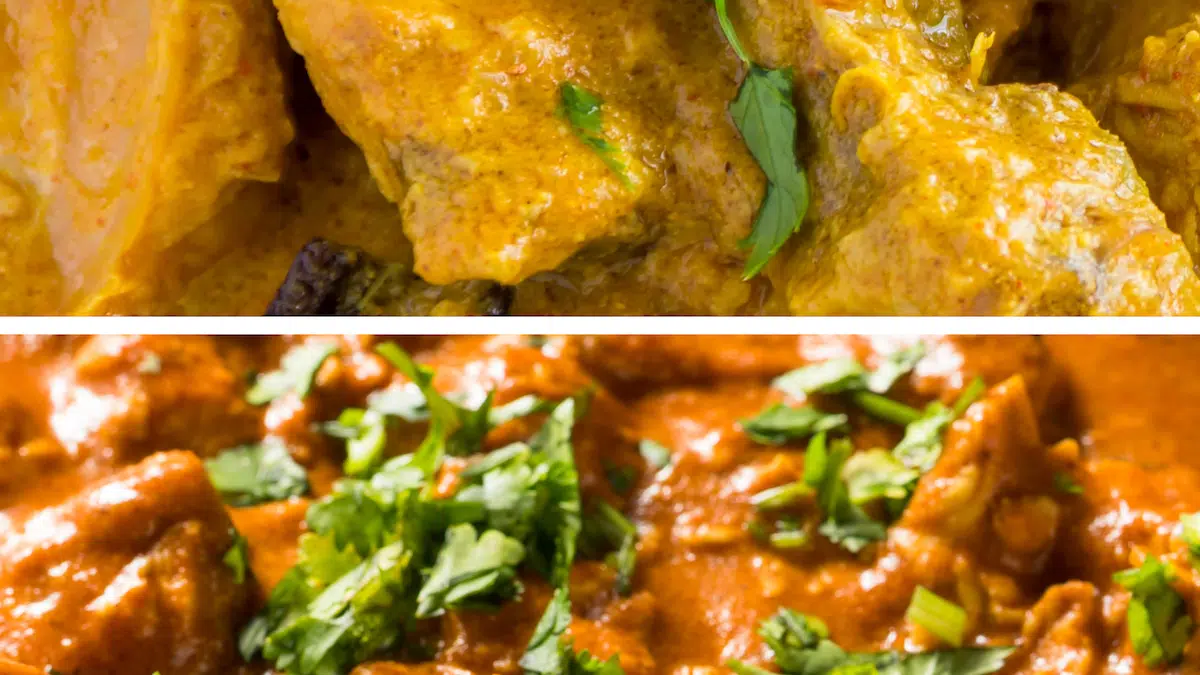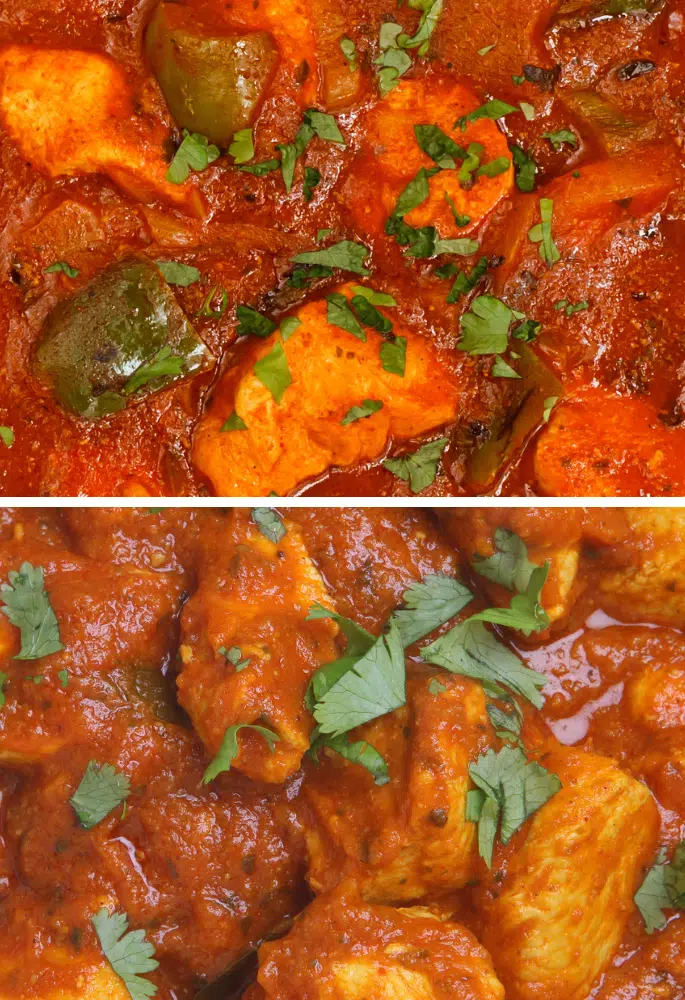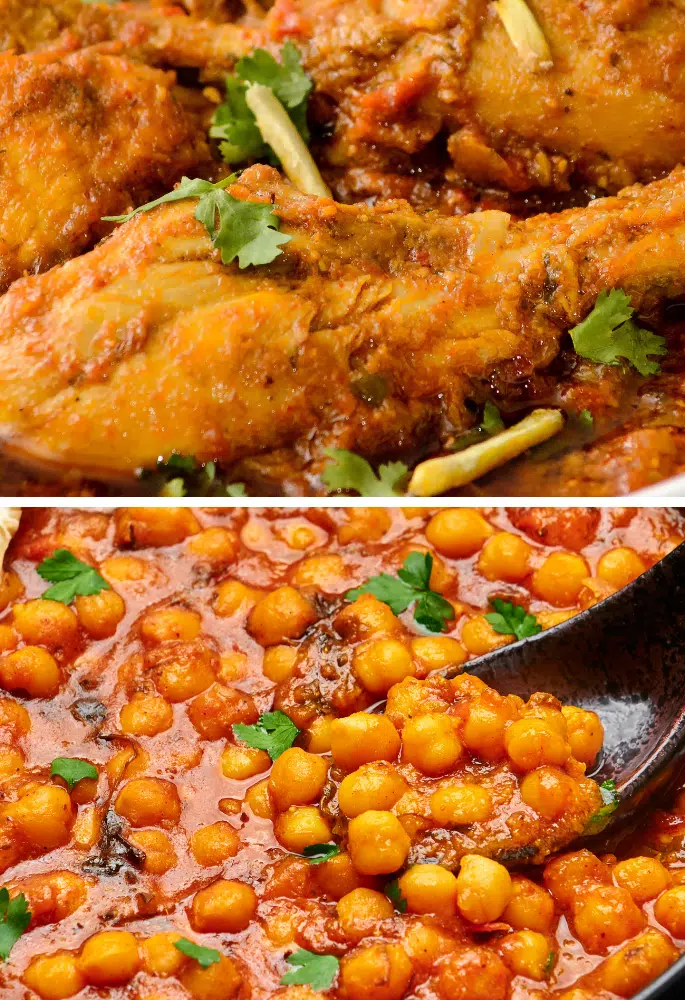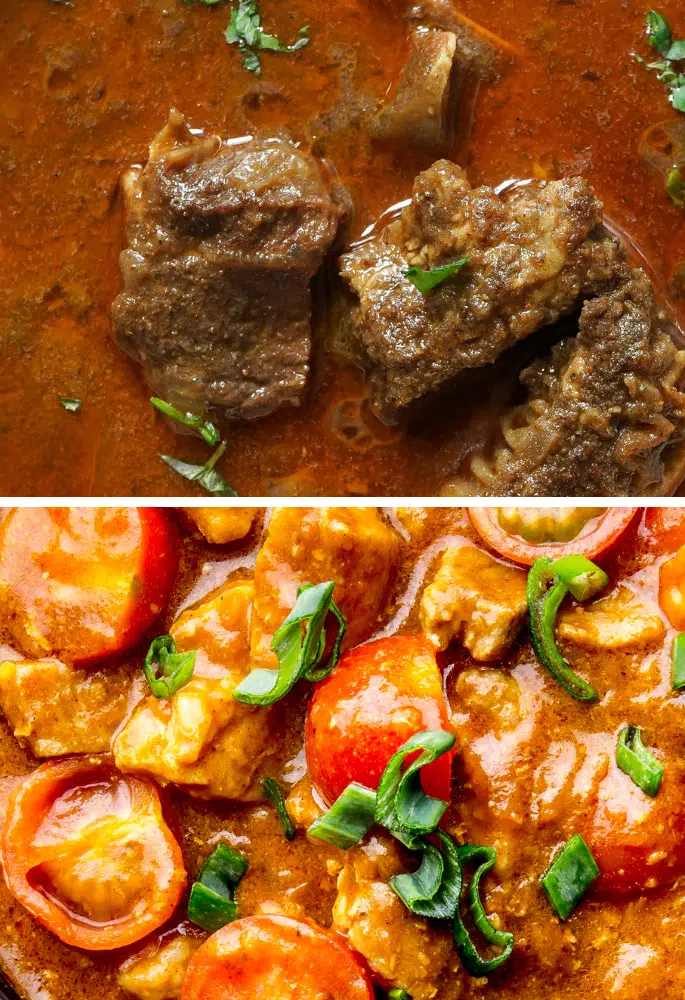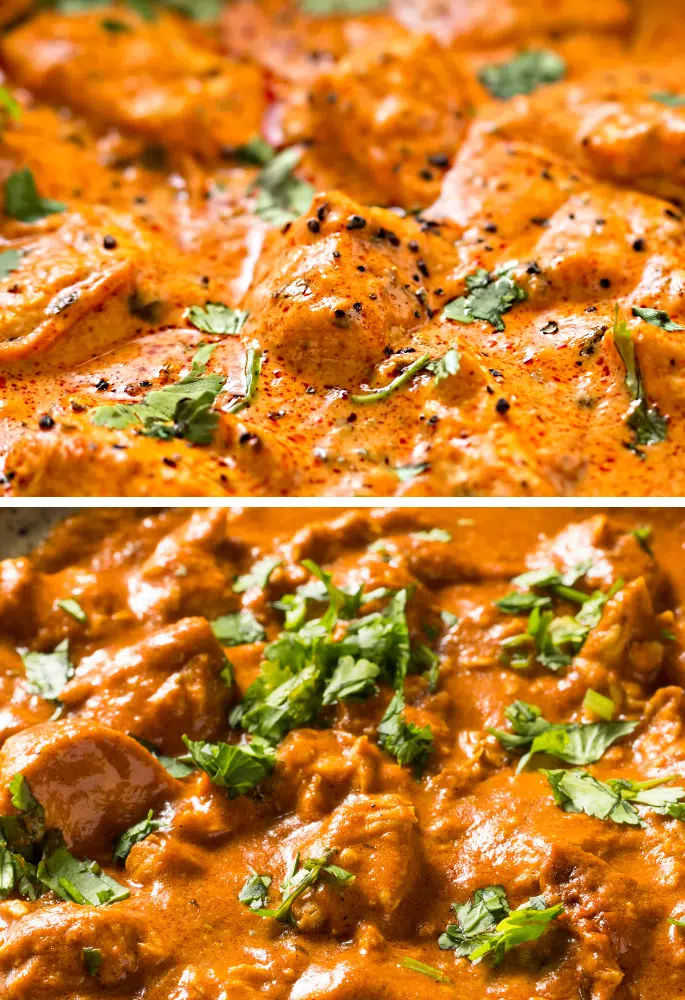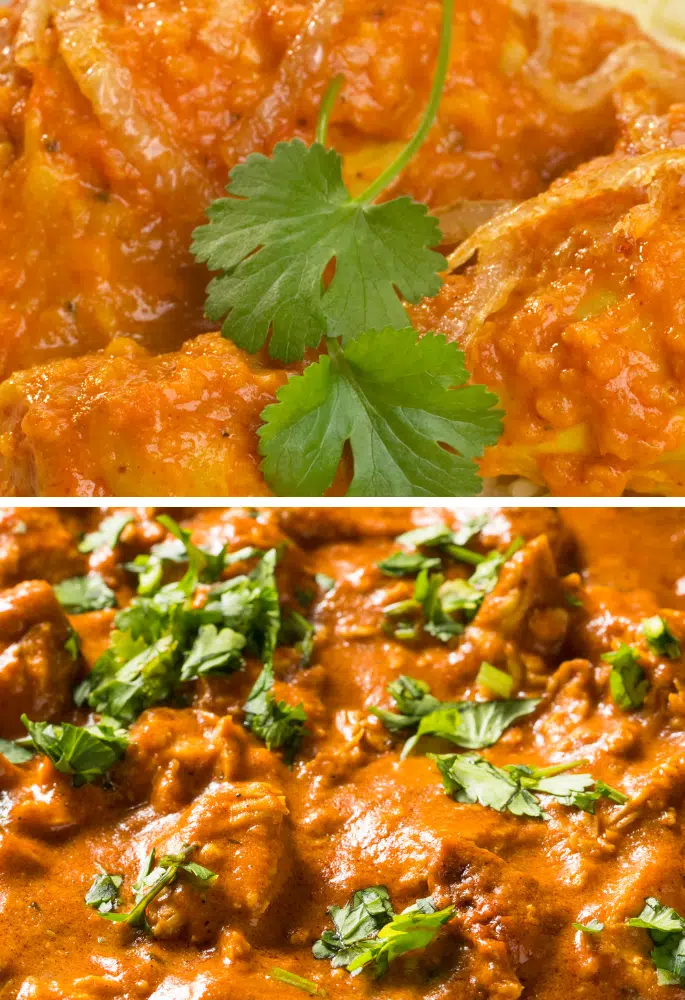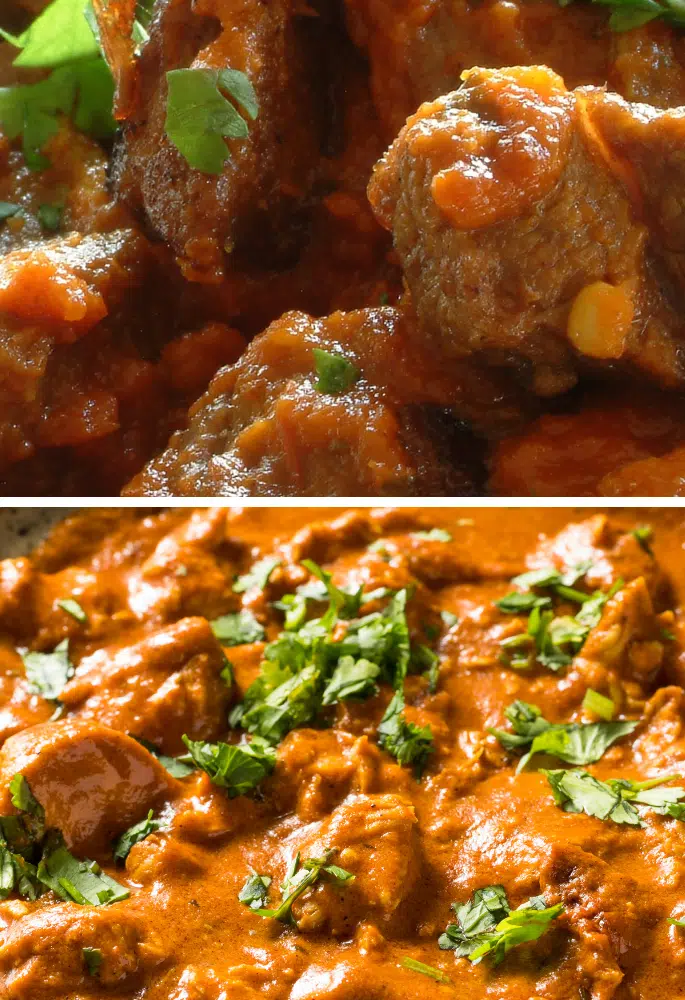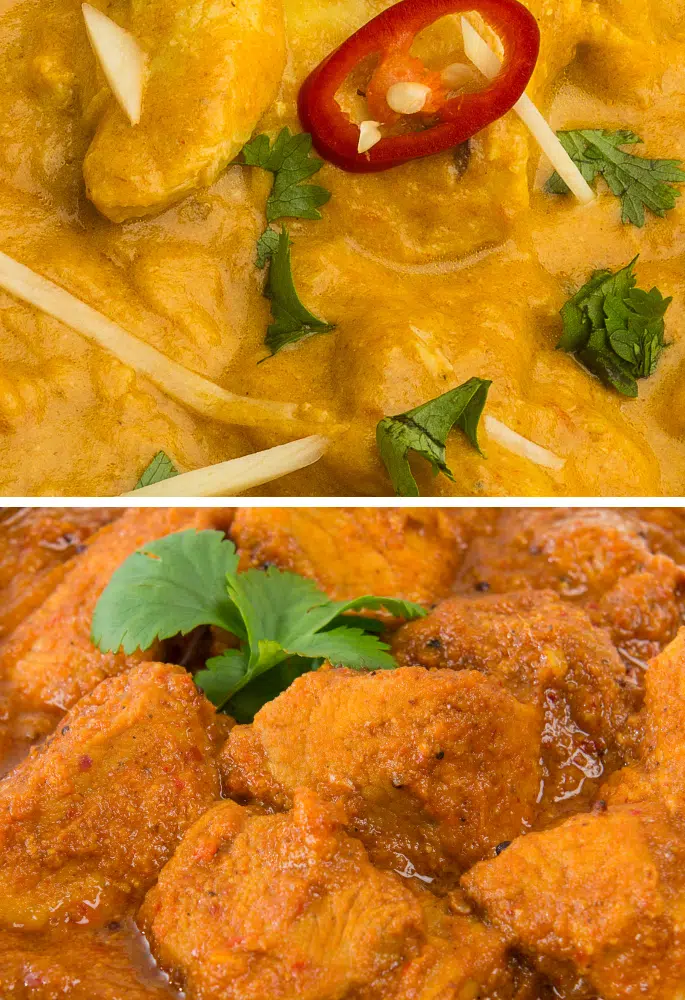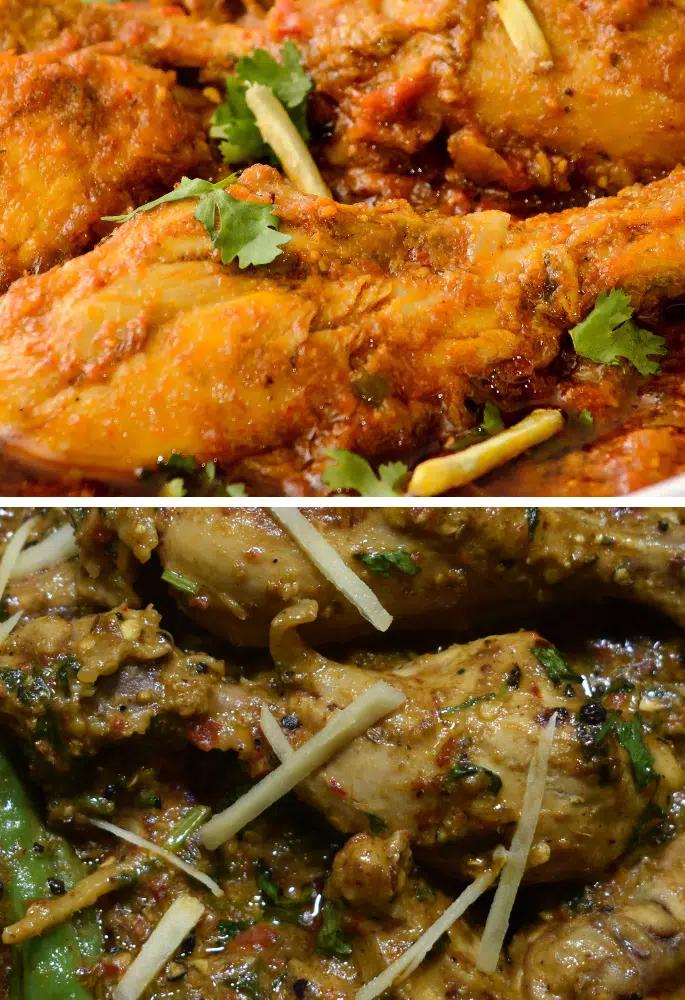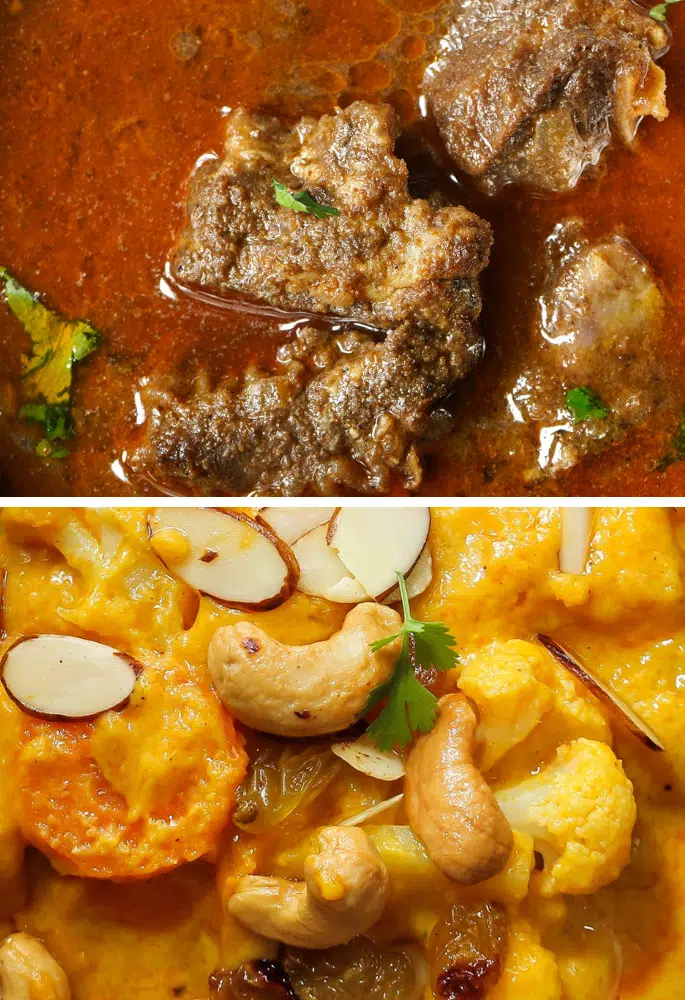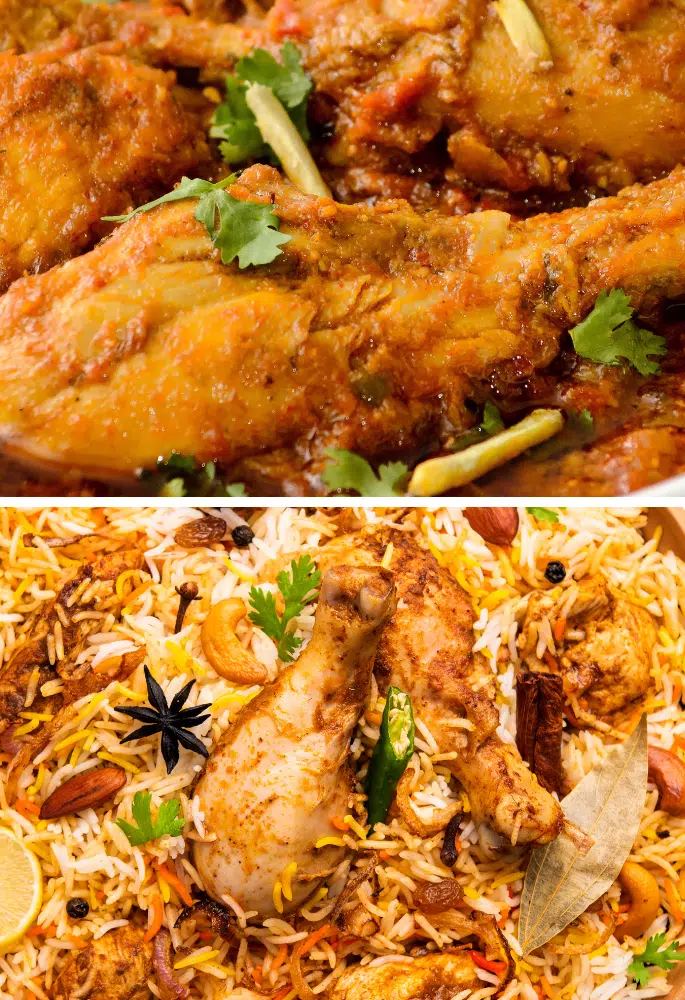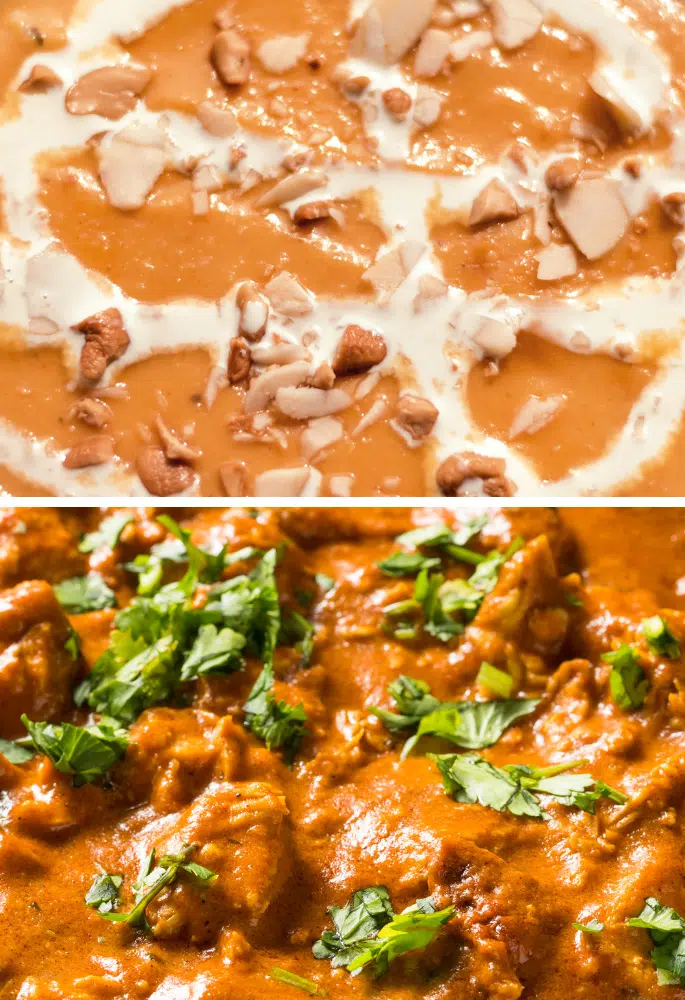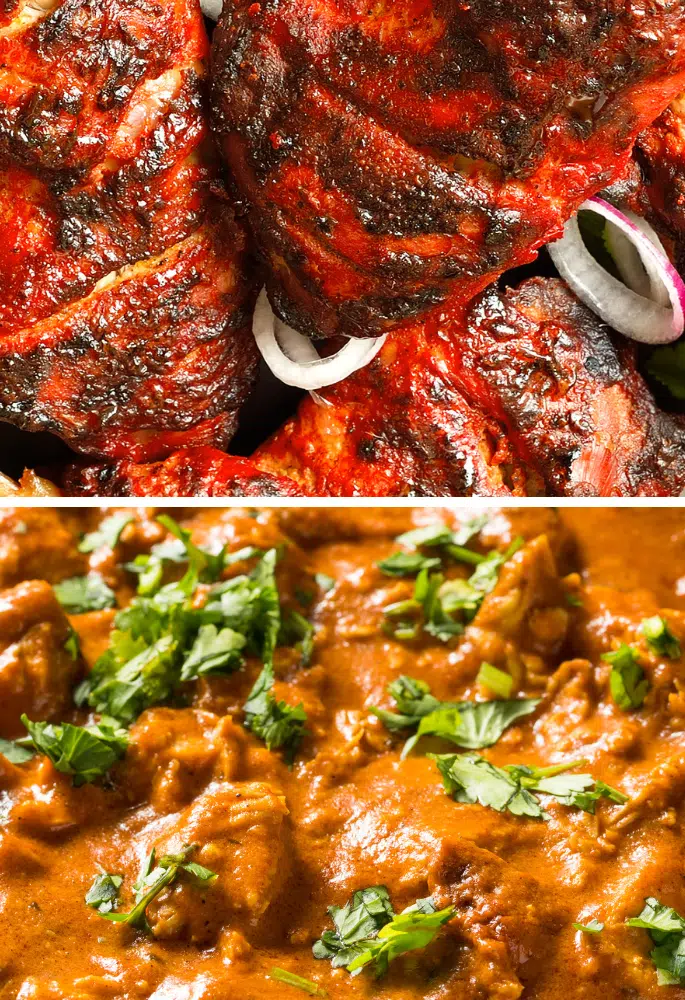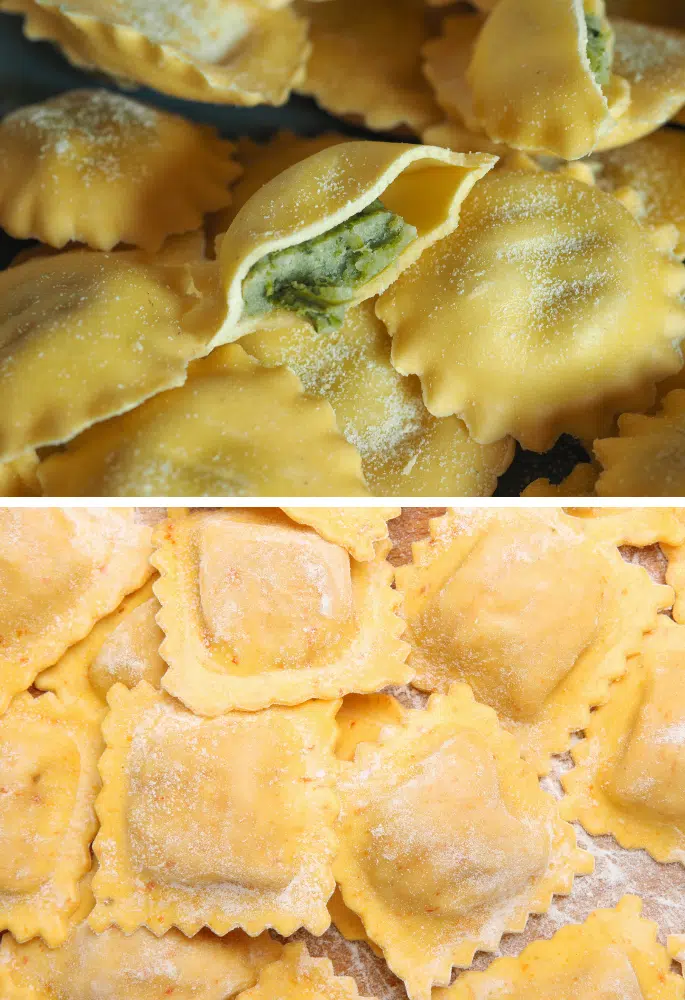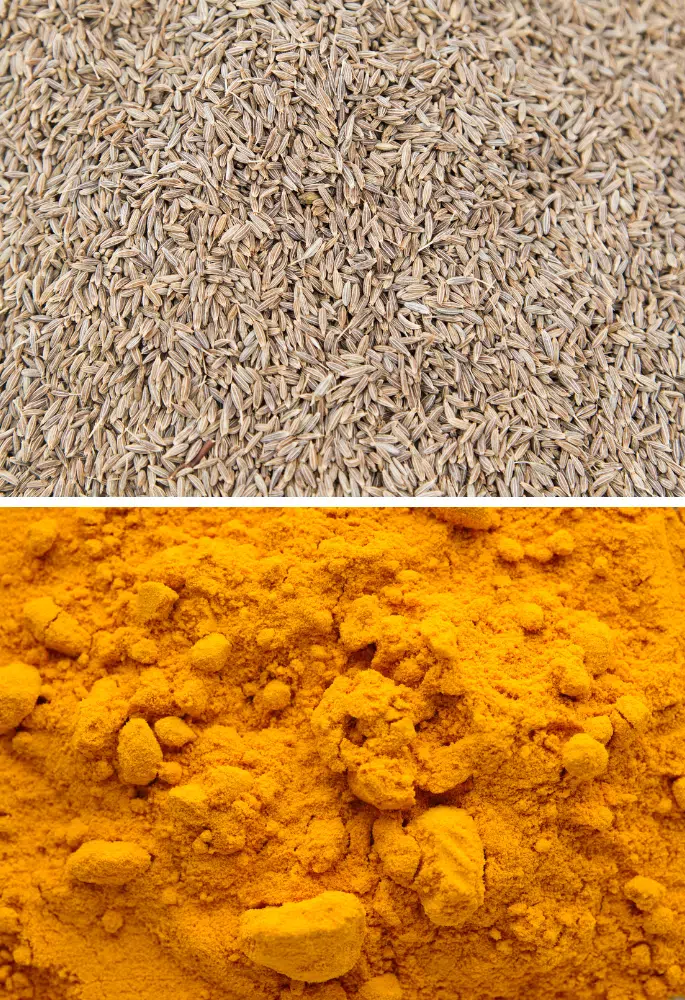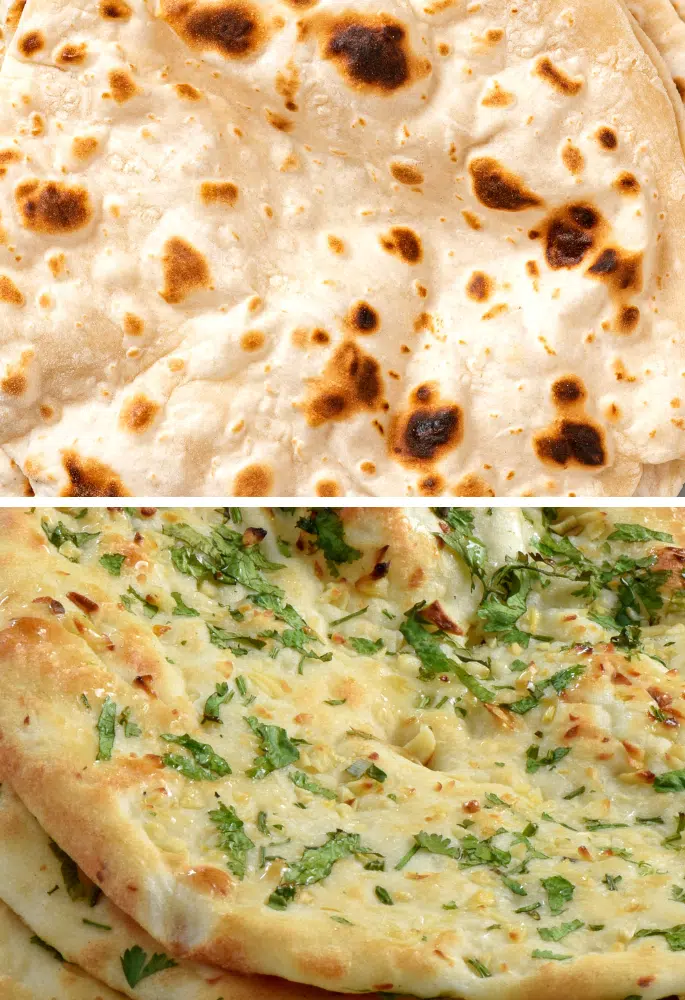Two dishes that often stand out in Indian restaurants are Balti and Bhuna. Both offer unique tastes and cooking methods and while they might seem similar due to their rich, spicy flavours, there are notable differences that distinguish them.
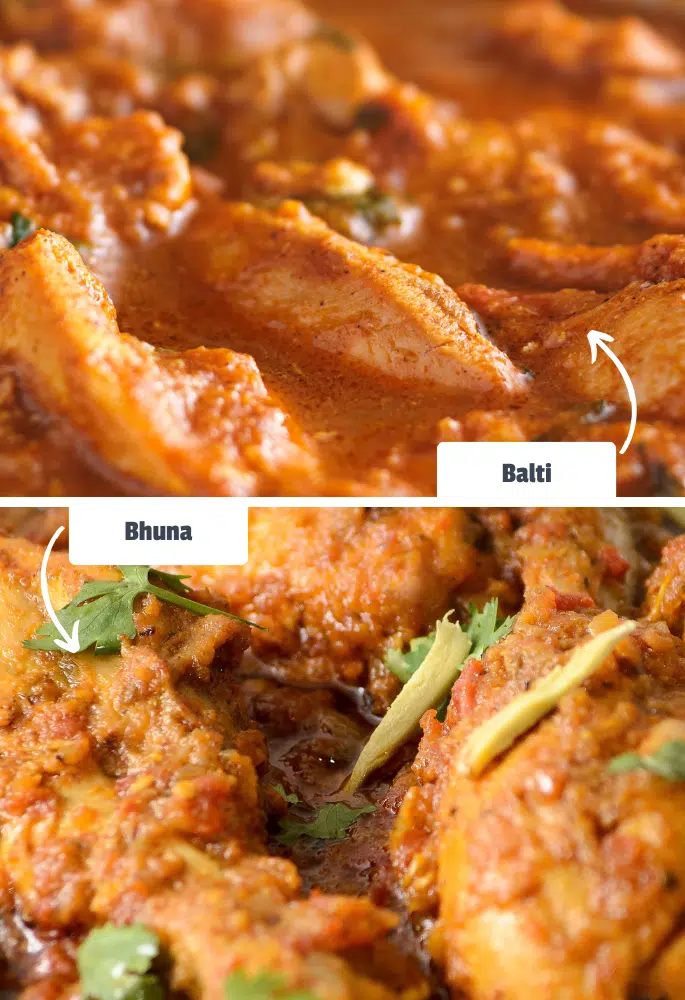
Balti and Bhuna are both differ in their cooking techniques, spice levels, and consistency. Balti is cooked rapidly in a pot, often with a thinner sauce, whereas Bhuna is a cooking method where spices are gently fried and meat is cooked in its juices.
What is Balti?
Balti is a style of curry thought to have originated in the northern region of Pakistan and gained popularity in the UK.
The term “Balti” refers to the pot in which the curry is cooked — a flat-bottomed, two-handled wok.
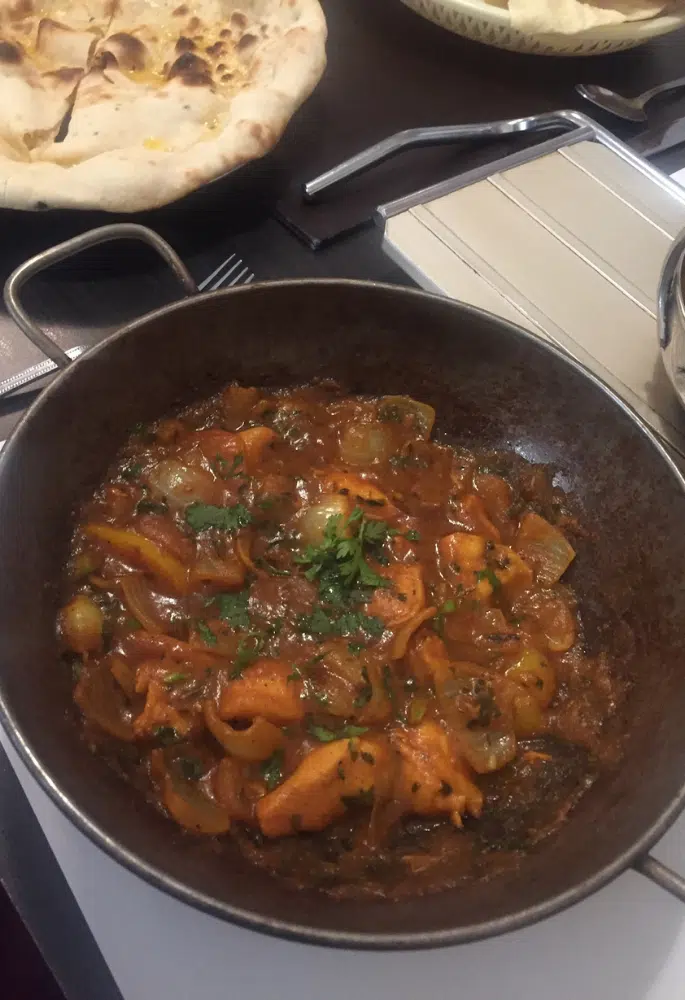
Balti dishes are typically cooked quickly over high heat, combining meat or vegetables with a blend of spices and a tomato-based sauce. The result is a dish with a rich yet balanced flavour, often less thick than other curries.
What is Bhuna?
Bhuna is a cooking process where spices are dry-roasted and ground, then cooked with a small amount of oil to bring out their flavours.
Meat or vegetables are then added and cooked in their own juices along with the spices, leading to a rich, intensely flavoured dish with a thicker sauce.
Bhuna dishes often have a deeper spice flavour due to the slow cooking process, allowing the ingredients to meld together harmoniously.
Similarities Between Balti and Bhuna
From the descriptions above, you might think that Balti and Bhuna are completely different. But they do share a few similarities:
- Base Ingredients: Both dishes often use similar base ingredients like garlic, ginger, and onions.
- Versatility with Proteins: Both can be made with a variety of proteins, including chicken, lamb, or vegetables.
- Staple in Indian Cuisine: Both are staple dishes in Indian and Pakistani cuisine and are popular in restaurants and home cooking.
Differences Between Balti and Bhuna
Of course, there’s a reason they have different names and that’s because they are not the same. Here are the main ways Balti and Bhuna differ.
- Cooking Technique: Balti is cooked rapidly in a specific type of pot, leading to a quicker preparation time, whereas Bhuna is a slower cooking process involving the frying of spices and simmering of ingredients.
- Consistency and Texture: Balti generally has a more liquid, thinner sauce, while Bhuna is known for its thicker, richer sauce, concentrated with the flavours of the cooked spices and meat juices.
- Spice Blend: The spice blends in Balti can vary widely, offering a broad spectrum of flavours, while Bhuna focuses on the deep, rich flavours achieved by slow-cooking the spices.
- Origins and Popularity: Balti has roots in Pakistani cuisine and gained significant popularity in the UK, whereas Bhuna is a traditional method in Indian cookery, prevalent across various regions.
Balti and Bhuna differ in their spice levels. A Balti, known for its aromatic spices, is generally milder than a Bhuna. Bhuna is richer and more concentrated, often spicier due to the well-cooked spices and reduction of the sauce. However, spice levels can vary depending on the recipe and individual preference.
Balti vs Bhuna: Which Wins?
Now it’s time to pick your favourite. Are you going with a Balti or Bhuna next time you visit an Indian takeaway?
Do You Prefer Balti or Bhuna?
Hailing from Liverpool, Oliver is an adventurous chef with a penchant for exploring diverse cuisines and novel ingredients. Ollie, combining his love for local British flavours with global influences, brings innovation and charm to home cooking.


